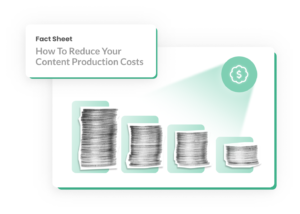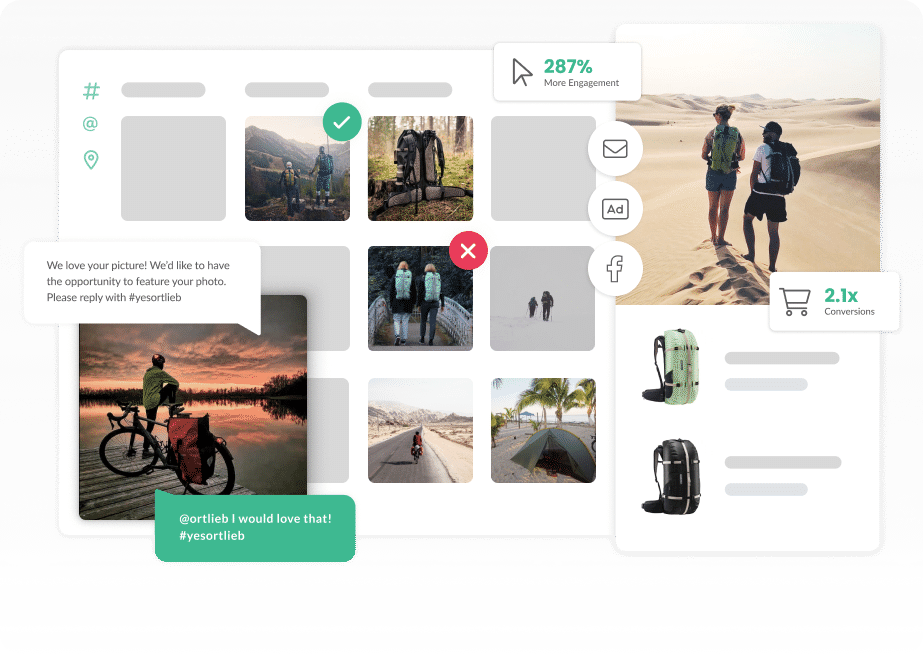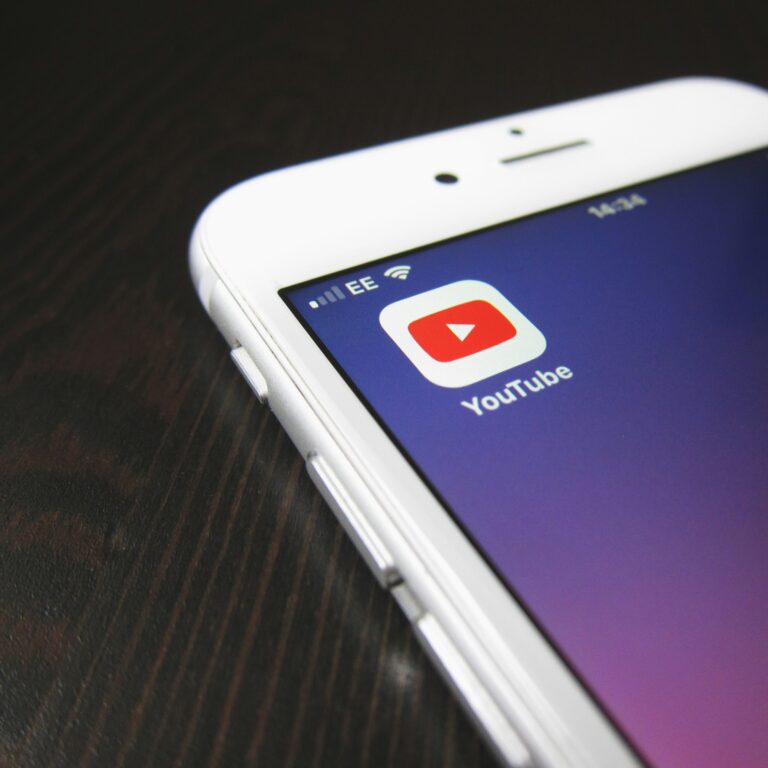Have you ever wondered why some influencer campaigns achieve millions in reach – but generate hardly any sales? In fact, the key to success lies not in visibility, but in profitability. Influencer marketing ROI is precisely this indicator: it shows you how effective your investment actually is. According to a study, brands achieve up to 30% higher ROI values with systematic micro-influencer marketing than with traditional advertisements. But how do you calculate ROI accurately – and increase it strategically?
What is the Return on Investment?
As soon as the ROI is positive, your investment has paid off. Use this formula to determine the ROI:
Step 1: Define ROI and set trategic Goals
Typical benchmarks range from 5:1 (strong ROI) to over 10:1 (outstanding).
ROI is important because it:
- Makes investments transparent.
- Underpinned budget decisions objectively.
- Secures long-term strategies and partnerships.
Define Goals
Distinguish between:
- Hard targets – e.g. increasing sales, generating leads, customer acquisition.
- Soft targets– z. e.g. brand awareness, reach, engagement.
This clear objective is the basis of your ROI calculation – according to Feedough: “Define goals – then choose ROI focus such as awareness or conversions”
Step 2: Record the most important Metrics
You need the following KPIs for a meaningful ROI analysis:
- Conversion Rate (Conversions ÷ Clicks) – shows the sales quota directly
- Click-Through-Rate (CTR) – Clicks ÷ Impressions; Top campaigns achieve up to 5-8 % CTR
- Cost per Acquisition (CPA) – Costs per customer acquired – the lower, the better
- Engagement Rate – Interactions in relation to reach
- Earned Media Value (EMV) – Estimated advertising value through organic reach
- Customer Lifetime Value (CLV) – Long-term sales potential per customer acquired
- Brand Awareness & Sentiment – measured via surveys, social listening, hashtag monitoring
You should also set up tracking mechanisms:
- UTM parameters
- Unique Promo Codes / Affiliate-Links
- Custom Landingpages
These tools enable you to cleanly attribute the various ROI factors

Lade dir jetzt unseren Fact Sheet herunter und erfahre, wie du im Handumdrehen die Contentproduktion für deine Marke optimierst und die Kosten reduzierst.
Step 3: Calculate & interpret ROI
- Define total costs (investment): Influencer fees, content production, media budget, tools.
- Determine the total revenue (return) generated by the campaign (tracking: promo codes, affiliate).
- Apply the ROI formula, e.g: € 40,000 investment → € 50,000 turnover → € 10,000 profit
ROI = (10,000 ÷ 40,000) × 100 = 25 %
Such an ROI is particularly attractive for growth-oriented B2C and D2C brands.
🔍 Expand analysis:
- Compare CPA vs. CLV: Is the customer profitable in the long term?
- EMV and engagement provide information about brand exchange effects.
- Sentiment: Verbessert sich die Markenwahrnehmung?
Step 4: Increase ROI in a targeted manner with Content Creators
Here are four effective strategies:
1. Build long-term creator partnerships
According to Deloitte, brands achieve over 40% ROI with creative freedom and long-term collaboration, compared to ≤20% with one-off campaigns.
→ Advantage: trust, efficiency and greater credibility.
2. Focus on micro-influencers
Micro-influencers (10-100k followers) deliver an average of 3.9% engagement, compared to 1-2% for macro-influencers.
→ Advantage: authentic target groups and more favorable CPA.
3. Reuse of creator content (whitelisting)
Well-done content recycling saves production costs and increases reach – especially with dark posts.
4. Data-driven optimization & testing
- A/B testing of creators, formats and messages.
- Real-time analysis: dropping inefficient partnerships.
- Use tools with AI support to monitor performance, fraud (fake engagement) and audience
Fazit
With the structured 4-step approach – definition ➝ metrics ➝ calculation ➝ optimization – you make influencer marketing ROI measurable and maximize your campaign success. The key lies in:
- Sophisticated KPI tracking,
- strategic creator partnerships,
- consistent data-driven readjustment.
Those who implement these principles are proven to achieve higher returns, more efficient budgets and stronger long-term brand loyalty – exactly the goal for every B2C and D2C brand.









